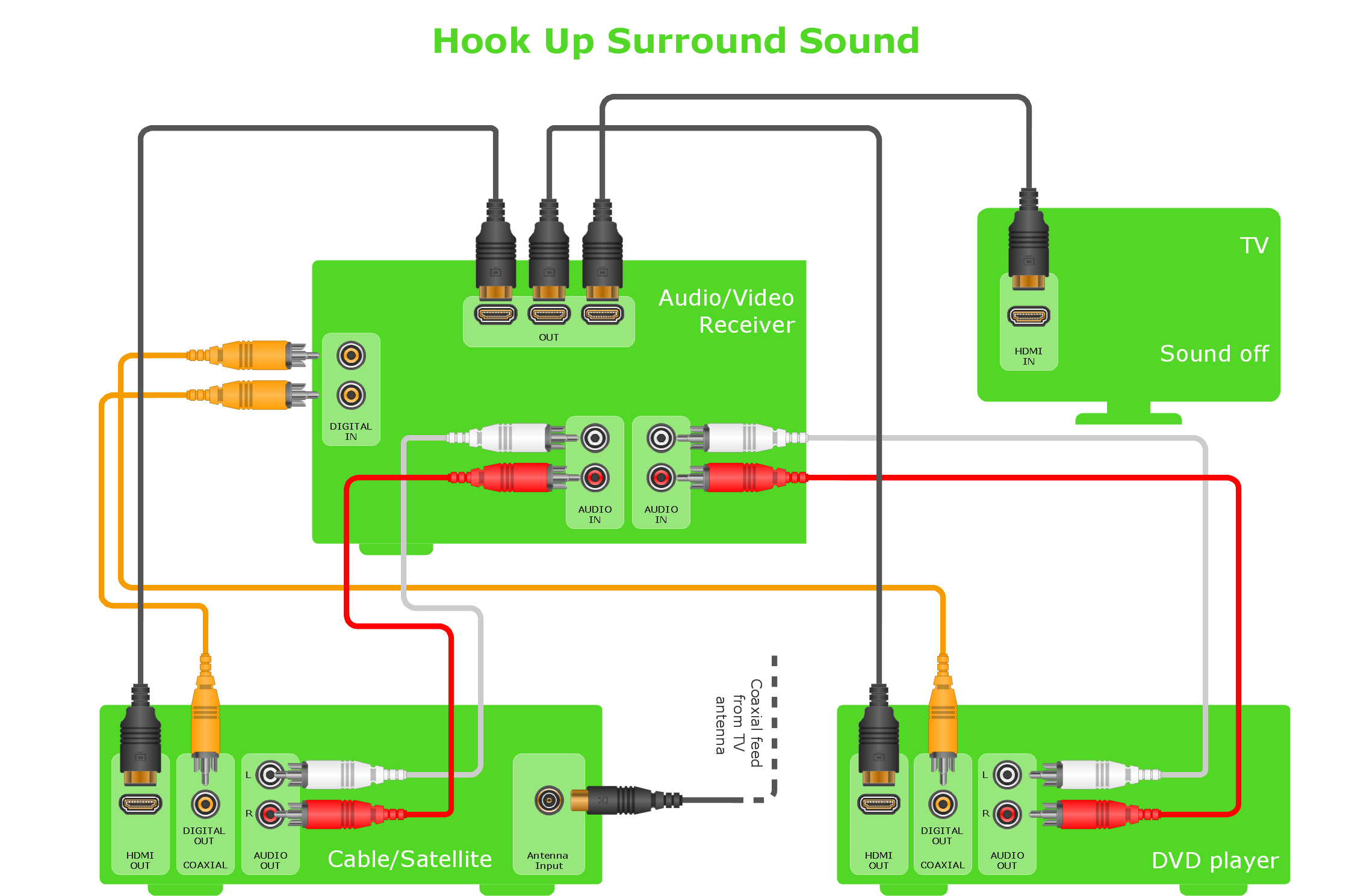Harmonizing Traditional Systems utilizing Cutting-Edge Sound Connectivity Technologies to achieve Enhanced Efficiency and Flexibility.
Harmonizing Traditional Systems utilizing Cutting-Edge Sound Connectivity Technologies to achieve Enhanced Efficiency and Flexibility.
Blog Article
Within today's rapidly evolving world of audio technologies, the need to improve performance and adaptability in audio systems is increasingly important than ever before. Numerous organizations and locations still rely on legacy technologies, which are older technologies that may fail to have the capabilities of contemporary equipment. However, integrating these legacy systems with cutting-edge audio networking solutions can lead to significant improvements. Sound communication enables for improved communication between equipment, allowing it easier to control and operate sound throughout different areas.
A of the key advantages of combining legacy technologies with modern audio communication is increased adaptability. Conventional audio technologies often involve complicated cabling and limited pathway options. With sound communication technologies like Dante or AVB, sound transmissions can be sent over conventional Ethernet cables. This implies that users can readily link multiple units without the requirement for extensive reconfiguration. Regardless in a performance hall, a school theater, or a business event, this flexibility enables for quick adjustments and changes to the sound setup without significant delays.
Performance is another significant element that enhances when older systems are modernized with current networking solutions. Outdated systems may have difficulty to provide high-quality sound, particularly in larger spaces or in complex events. By adopting sound networking, entities can leverage of advanced features such as minimal latency, synchronization, and electronic signal processing. These advancements assist ensure that sound is distinct and uniform, enhancing the complete quality for listeners and performers alike. This transition can make a marked impact in how sound is experienced in various environments.
Moreover, integrating outdated systems with modern solutions can lead to cost benefits in the extended run. While upgrading to novel devices may require an initial cost, the effectiveness gained through sound networking can lower upkeep costs and minimize the requirement for continuous repairs. Additionally, networked technologies often need less physical space than conventional setups, which can save on property costs in venues. Organizations can allocate funds more effectively, utilizing the money they save to allocate resources in additional important areas.
Lastly, educating staff on how to use combined technologies becomes simpler with audio communication. Numerous modern sound communication platforms come with user-friendly interfaces Recommended Site and distant management features. This means that even those who may lack extensive technical expertise can be trained to manage and operate the audio systems effectively. Educational programs can be developed focused on these technologies, empowering staff to maintain and troubleshoot systems with assurance. By combining the old with the modern, entities can create a more capable and knowledgeable workforce, ultimately leading to improved audio experiences for all concerned.